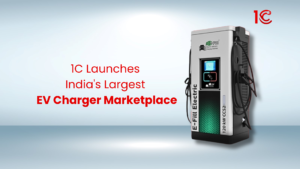
Menu
Menu
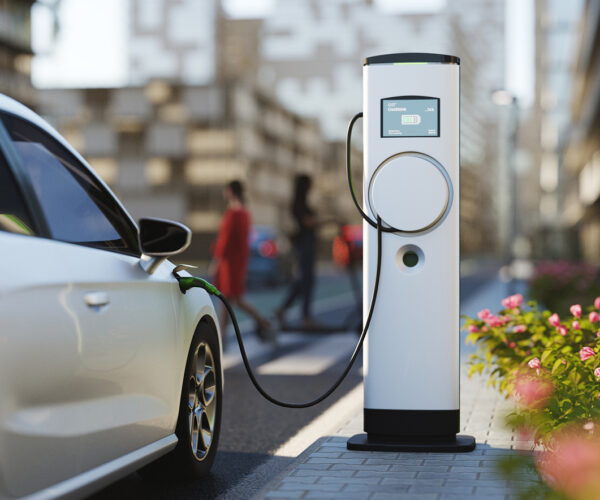
Electric vehicles have gained popularity in India due to their eco-friendly nature and fuel efficiency. A common query arises regarding the impact of DC fast charging on EV batteries. Let us understand the impact of DC Fast charging on EV batteries and best practices for DC fast charging your EV battery
DC fast charging, a rapid charging method exceeding traditional AC charging speeds, raises concerns about potential harm to the EV battery. To assess its impact, understanding battery dynamics is crucial. EV batteries comprise cells, each with a specific capacity. Charging involves filling these cells with energy.
During DC fast charging, a high current is supplied to the battery, causing the cells to heat up. Excessive heat can potentially damage the cells, leading to reduced capacity over time. This concern has led to discussions about the possible drawbacks of DC fast charging on EV batteries.

DC Fast Charging have various impact on EV Battery, that are listed below:
The best practices of DC Fast Charging Your EV Battery are:
While DC fast charging offers rapid replenishment of EV batteries, its impact depends on usage and adherence to best practices. Regular charging to lower capacities, ensuring compatibility, and monitoring battery health are key to mitigating potential drawbacks. In regions like India, where efficient charging solutions are critical for burgeoning EV markets, incorporating these practices can help maintain battery longevity and support the sustainable adoption of electric mobility.

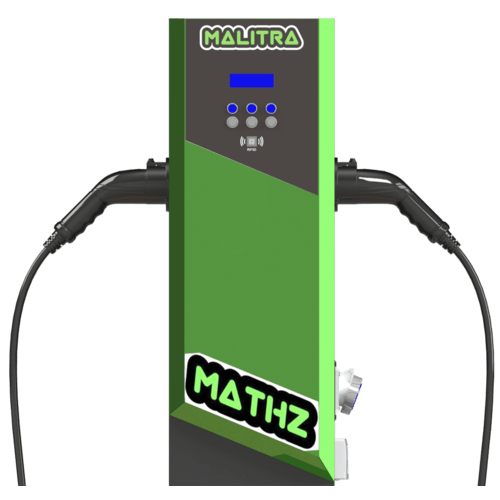
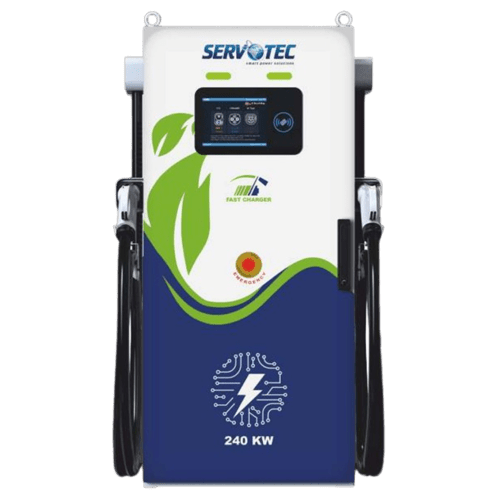
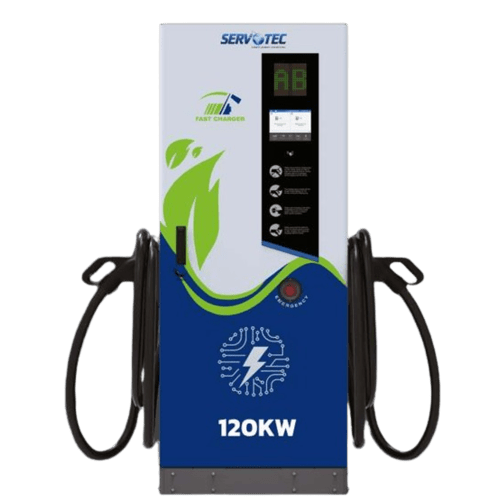
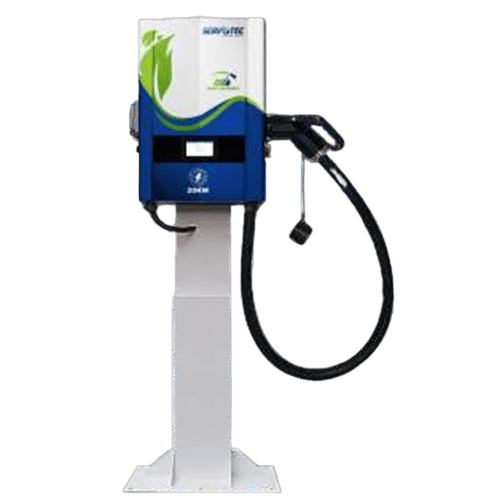
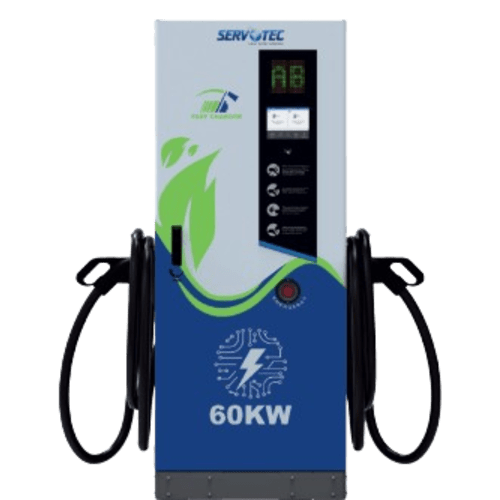
© 2024 Massive Mobility Private Limited. All rights Reserved